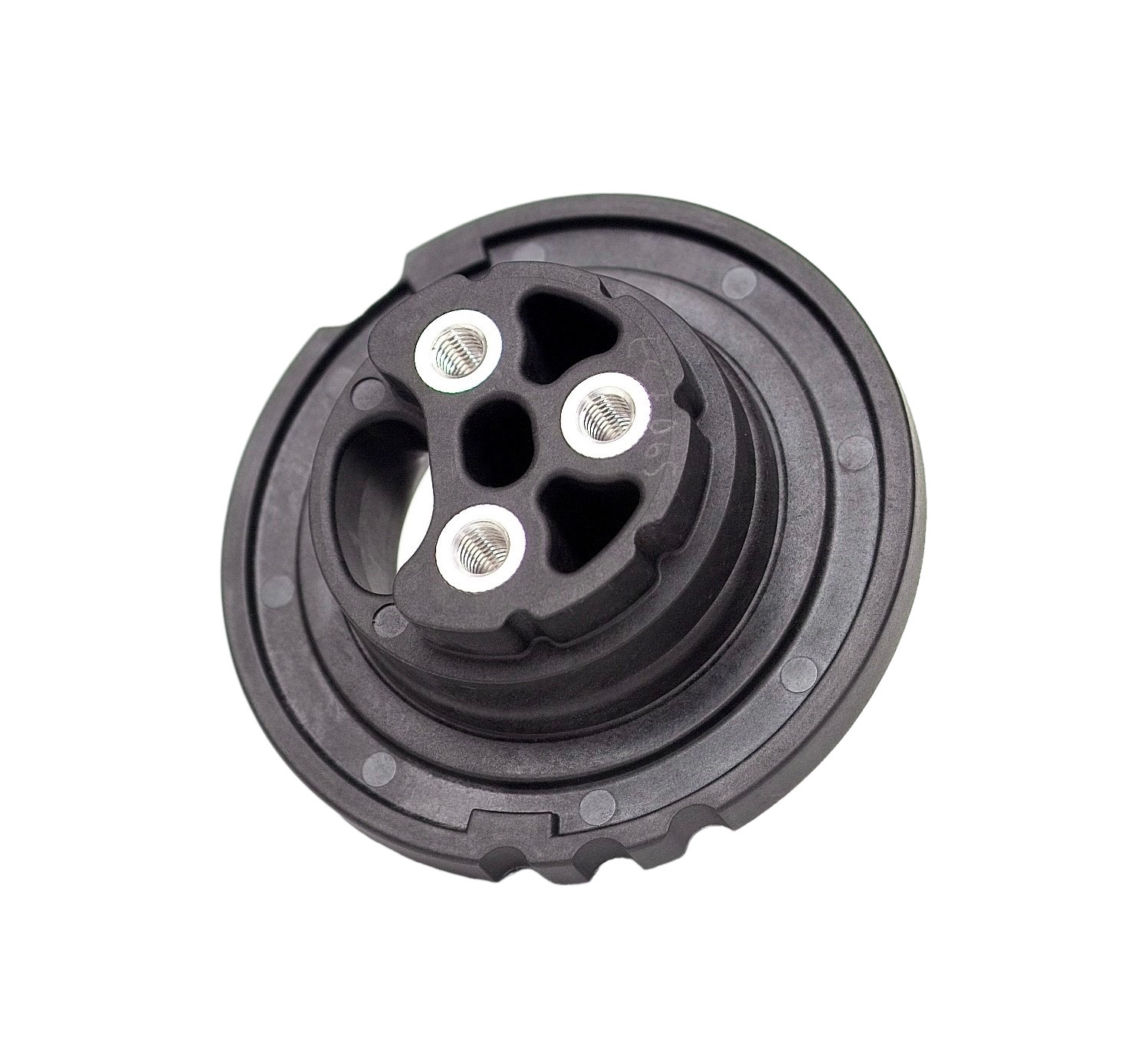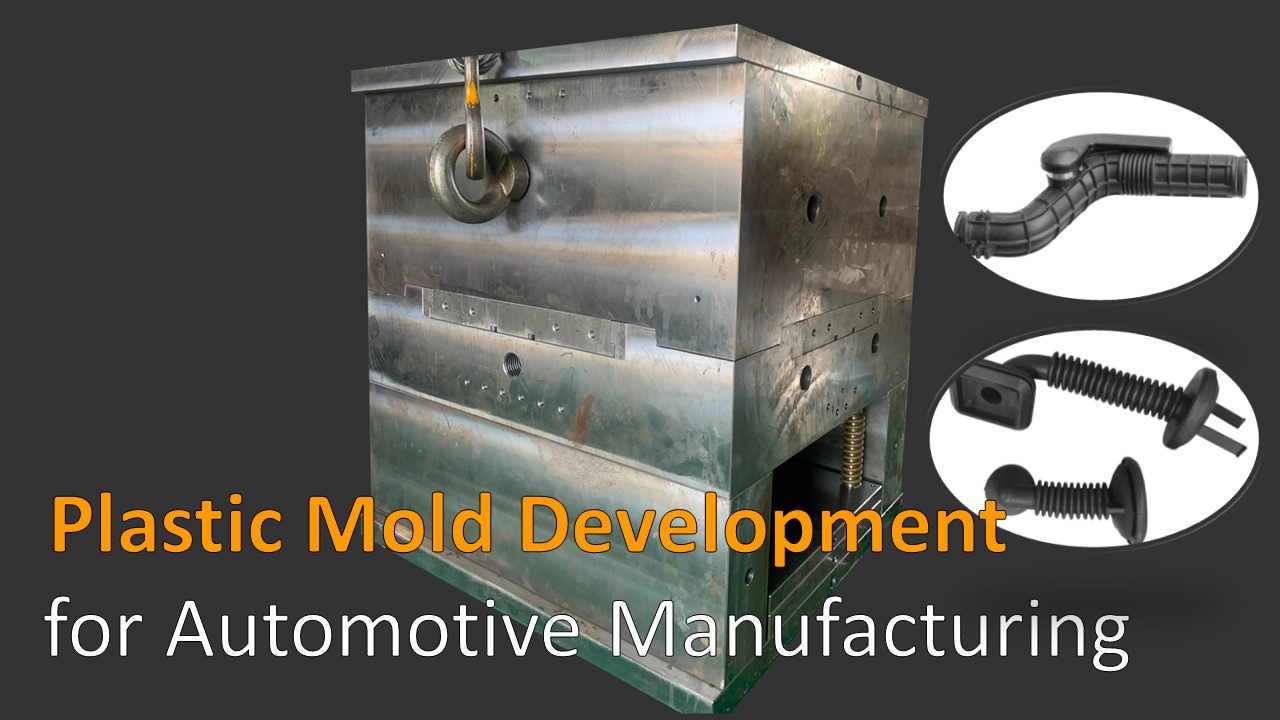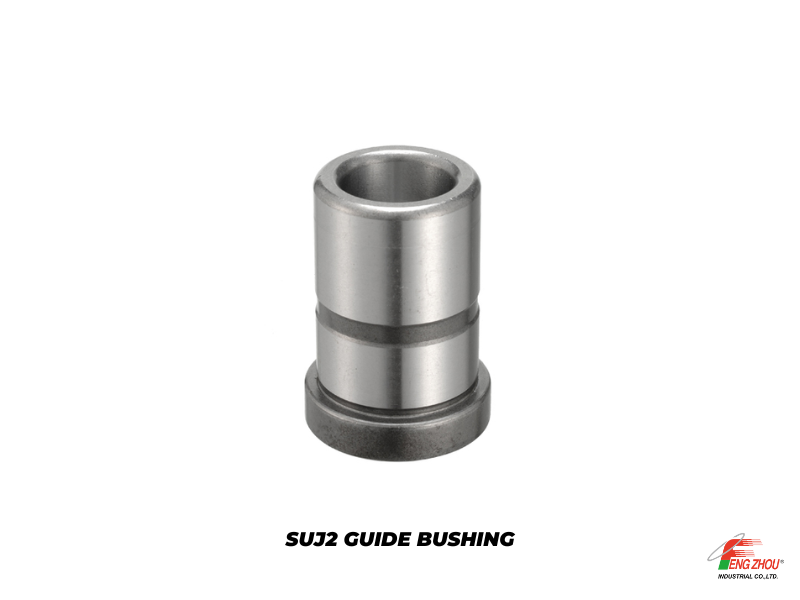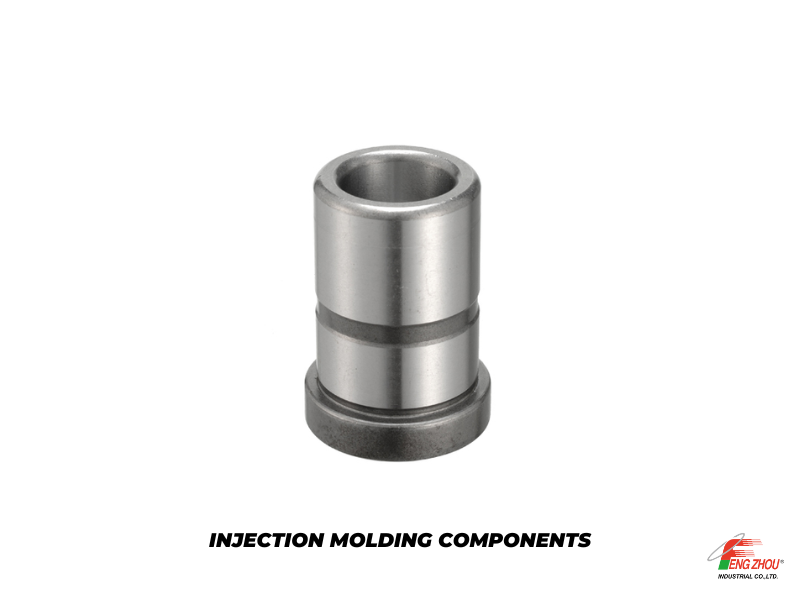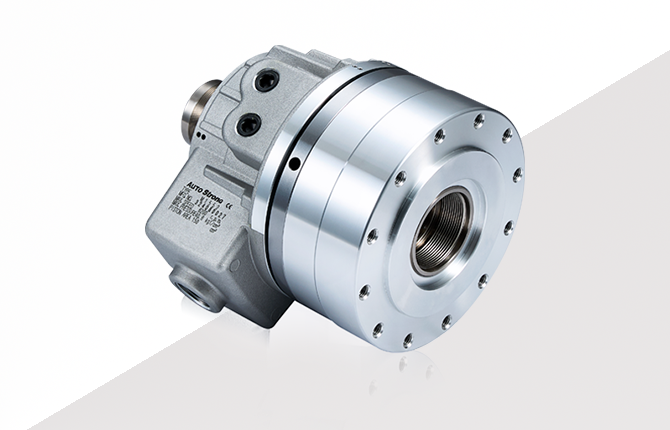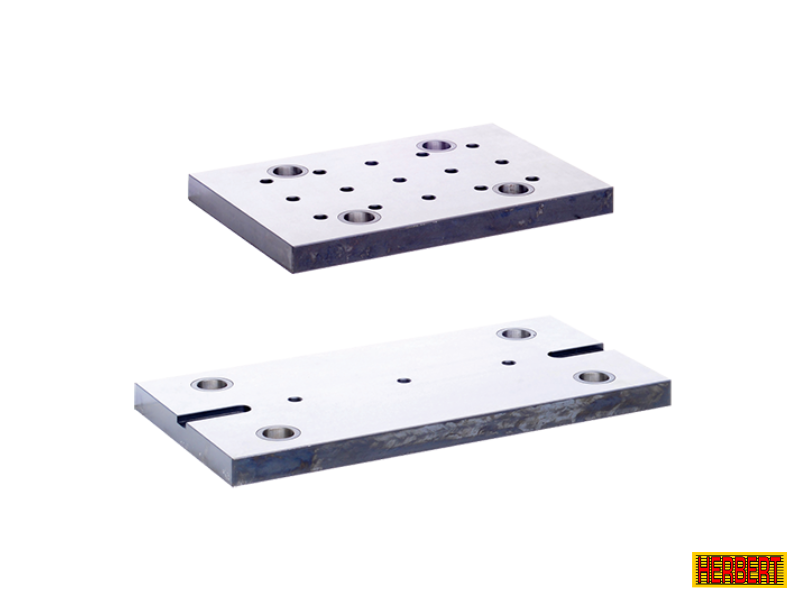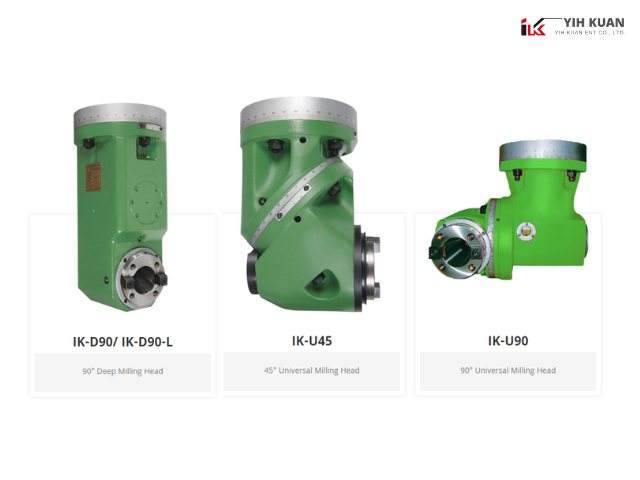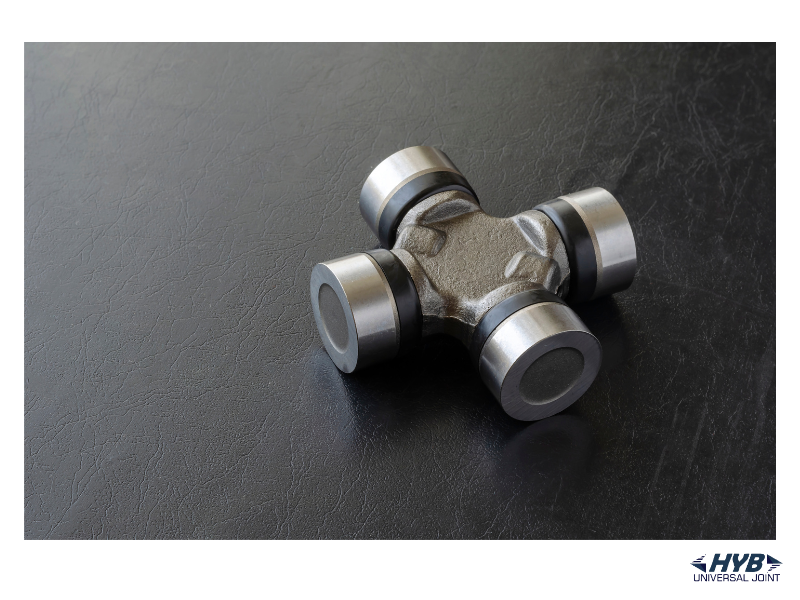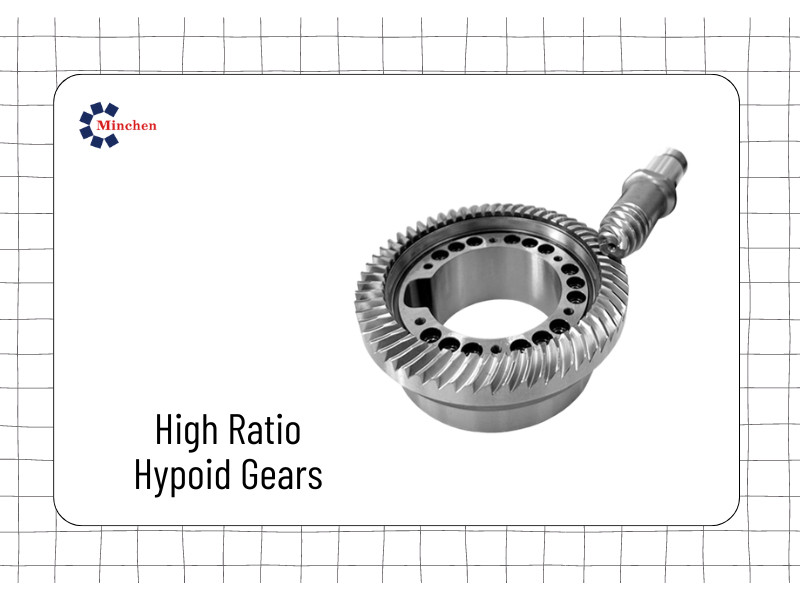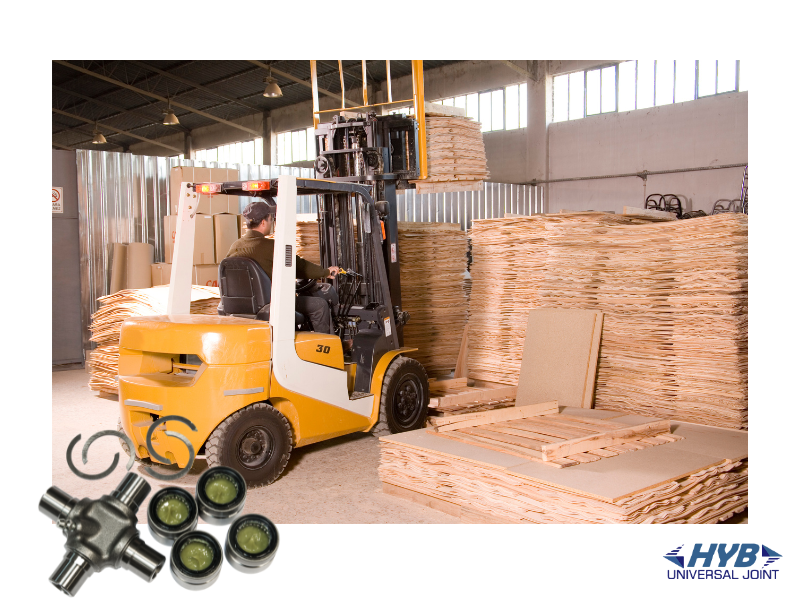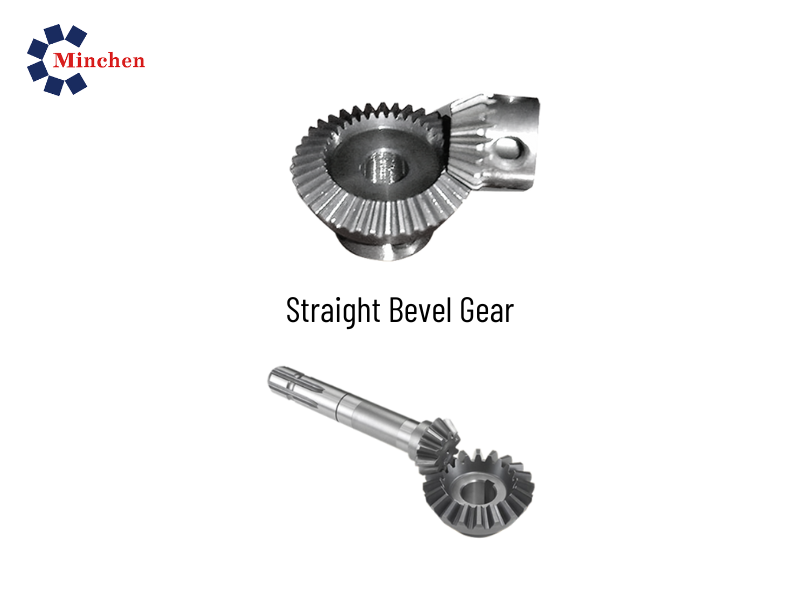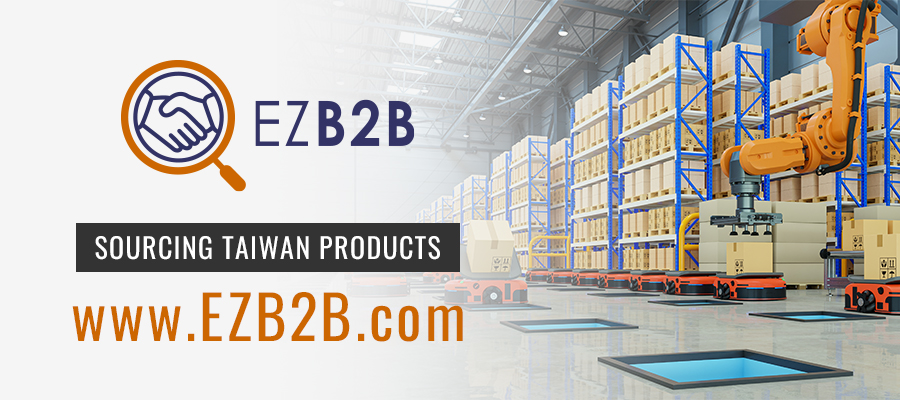Everything You Need to Know about Milling Heads and 2-Axis Milling Head
2022-01-10Machinery
The milling head is the specific part of the milling machine responsible for performing the cutting tasks assigned by the operator. Milling heads are composed of several adjustable components that allow workers to achieve exact and precise results from using a mill. A milling head can be manually or automatically adjusted if it is connected to a computer.
How Do Milling Heads Work?
The primary purpose of milling heads is to speedily sculpt wood or metal objects in industrial settings. These machines differ in power and size depending on the specific materials they need to carve. Rotating blades are installed in mill heads. The workers will move the head around the object on a particular number of axes to quickly shave off the workpiece’s unwanted parts, drill holes, or route out cavities on the workpiece.
You can adjust or move the milling head depending on the worker’s needs. It is also possible to adjust the height as well as its angle in relation to the workpiece. The speed of the machine can also be monitored as well as adjusted on the milling head. It also features emergency shut-off capabilities.
Every milling head may even have the ability to manipulate and move the workpiece as the operator deems fit. It is useful since it is recommended for the workers to keep their hands at a safe distance from the rotating blade as much as possible. This rotating blade is another important component of milling heads.
What is a 2-Axis Milling Head?
To cater to the most different requirements and needs of 5-axis processing, you can now find various models of 2-axis milling heads. It features several motor spindles that have varying speeds and capacities and can adapt to the milling heads.
Its A-axis has a 50-degree inclination angle so that the axis only needs the least amount of space possible throughout the process of machining. A 2-axis milling head also gains more ruggedness and stiffness. There are low tolerance reduction gear units in the two axes that allow for repeat accuracy and precise positioning.
Aside from the simultaneous processes, the 2 axes can even be locked with the use of an integrated clamping unit when there are downtimes to offer utmost stiffness and come up to the maximum requirements.
A 2-axis milling head is ideal to use for processing of light metals, wood, and even glass fiber or compound materials. The use of 2-axis milling heads in the 5-axis processing is essential for the high productivity and high quality of the 5-axis CNC or computerized numerical control machines.
These milling heads rotate and hold the cutting tool on a custom-built or special machining center. The multiple movement options might also allow for five or four-axis machining.
Common Applications
A 2-axis milling head is suitable for all forms of milling operations, whether it is mounted vertically or horizontally.
How to Choose
Make sure that you identify the number of the rotational axes, torque, spindle speed, and the specific type of material that will be machined when choosing a milling head.




